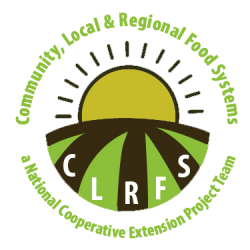By:
Sarah Misyak, Virginia Tech, Department of Human Nutrition, Foods and Exercise
Meredith Ledlie Johnson, Virginia Cooperative Extension, Family Nutrition Program
Austin Brooks, Virginia Cooperative Extension, Family Nutrition Program,
Mary McFerren, Virginia Cooperative Extension, Family Nutrition Program,
Elena Serrano, Virginia Tech, Department of Human Nutrition, Foods and Exercise
Abstract
There is a growing interest in Extension to use social media to increase awareness and support changes within local food systems. In this article, we present an example of the …


